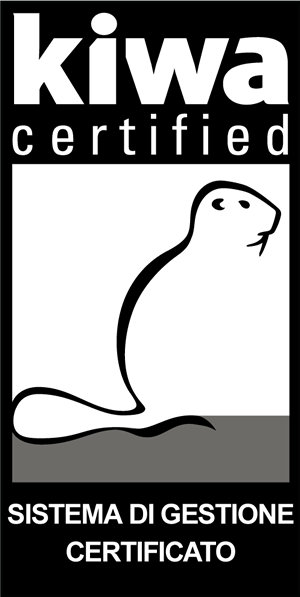Sourcing Traceability and Blockchain
IoT Solutions in Managing Sourcing Activities for Raw Materials
The concept of "traceability" was regulated in the ISO 9001 standard by the International Organization for standardization. In terms of identification and traceability, the ISO 9001 standard establishes the following:
- Using adequate means to identify outputs when it is necessary to guarantee the conformity of products and services.
- Identifying the status of outputs with respect to the monitoring and measurement of the requirements during production and provision of services.
- Checking the distinct identification of outputs when traceability is a requirement and preserving documented information to allow traceability.
In the era of globalization, the traceability of raw materials is therefore a crucial point for all companies of any sector.
The Digital Transformation that in recent years has been involving the markets offers innovative tools to support an increasingly precise and punctual traceability of raw materials, semi-finished products and processes, even in all those cases where a unique identification element cannot be inserted (UHF , NFC, QR Code).

